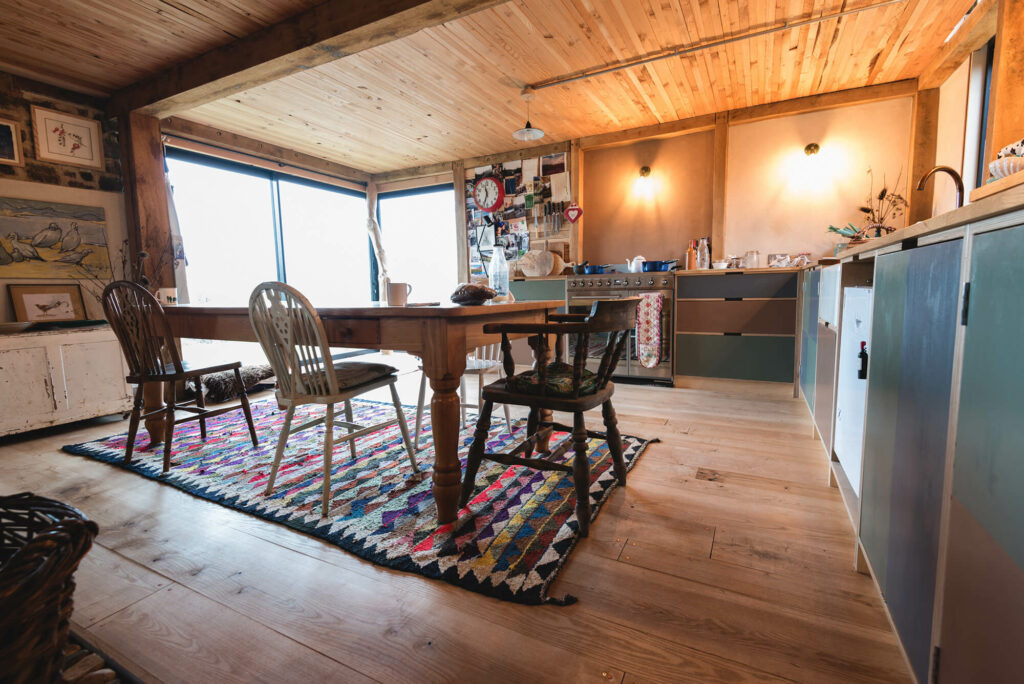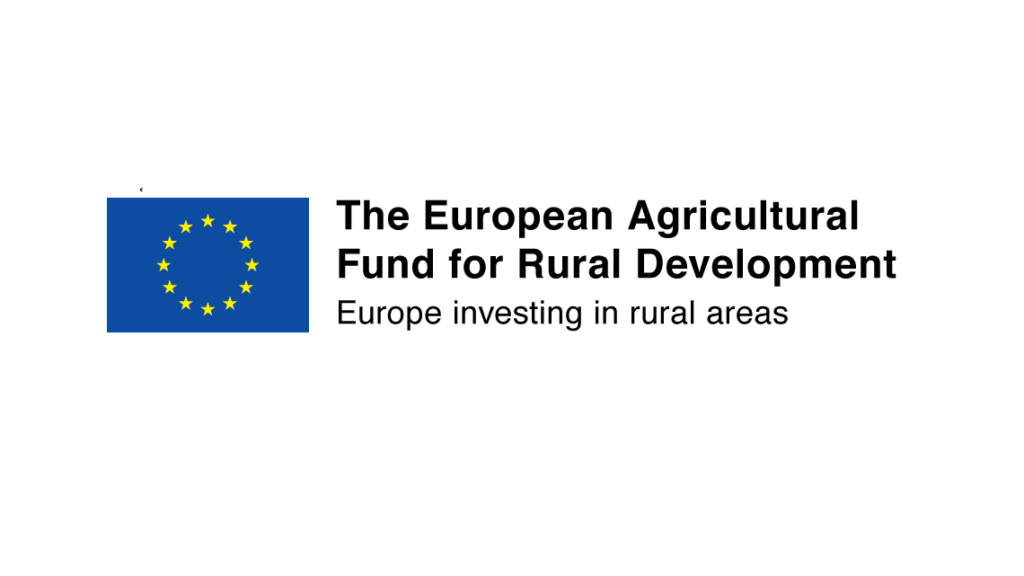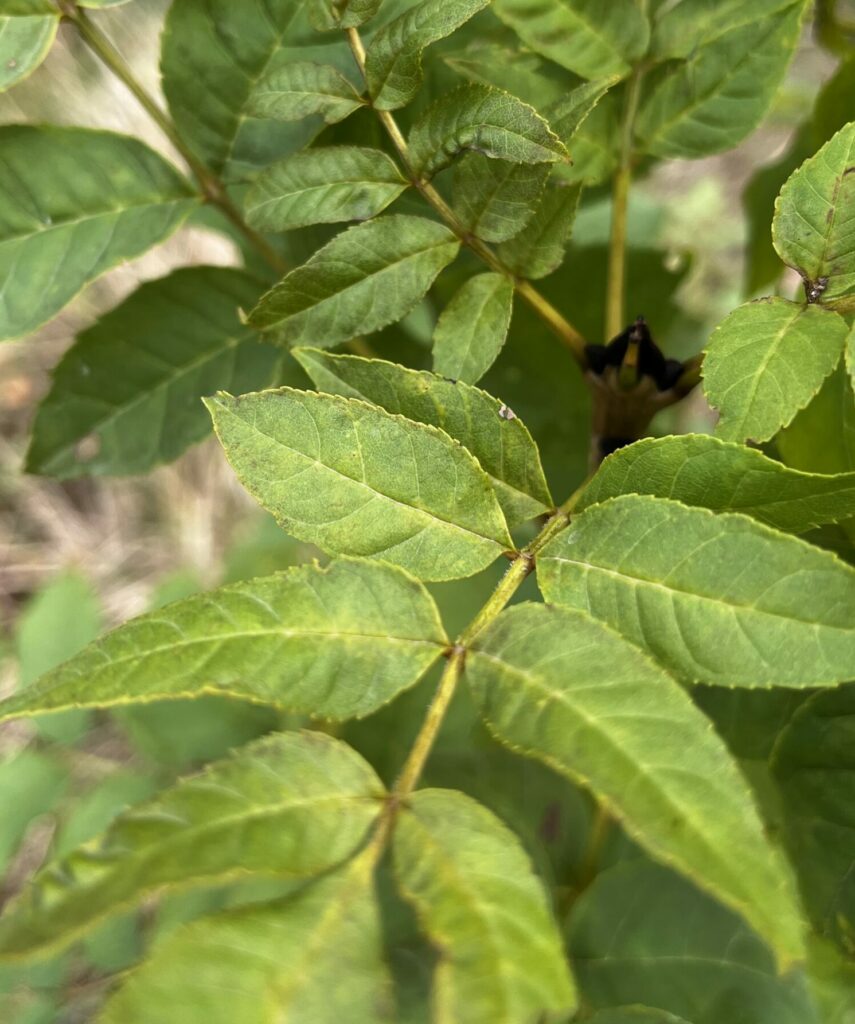
Ash is a versatile and useful native tree. Ash not only provides habitats for a wide range of flora and fauna, but is also used as a sustainable building material. We wanted to address some of the common questions we are being asked as a sawmill specialising in native trees. Ash dieback is a devastating fungal disease, and its implications on our architecture and interior worlds will be felt.
Ash dieback has spread across the UK since 2012 and is predicted to destroy 80% of UK ash trees. It will change our landscape for ever with woodlands and habitats destroyed.
Ash dieback, otherwise known as Hymenoscyphus fraxineus is a destructive disease of East Asian origin. It most likely spread through the import of ash saplings to the UK. Once established spores can travel up to 10 miles in the wind infecting trees across the country. If a young tree is infected it will most likely die. Older trees can withstand the fungus for a number of years, but if prolonged exposure continues, these trees will also likely die.
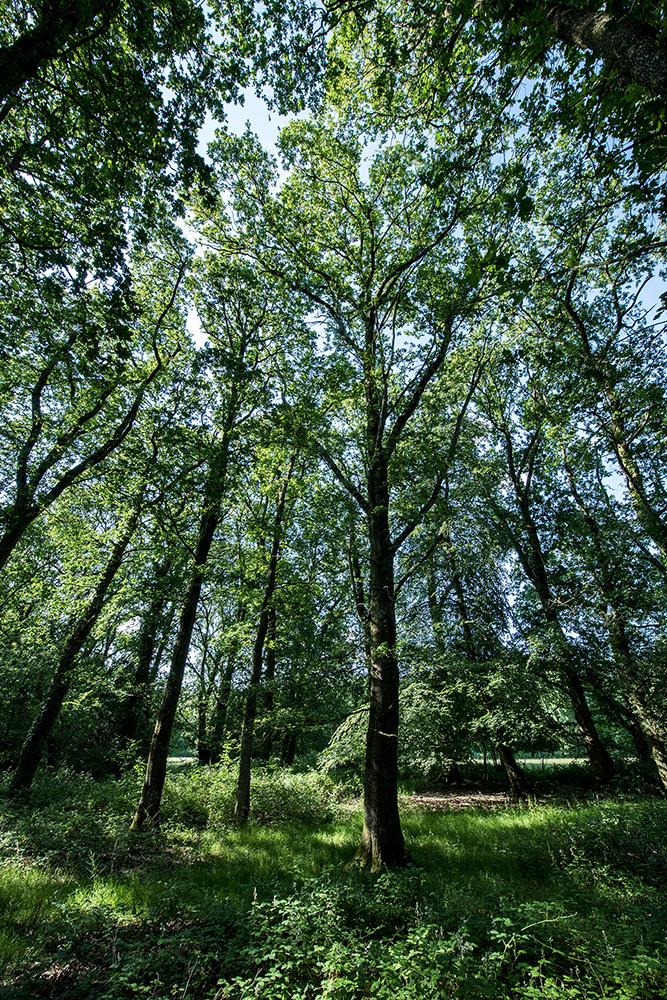
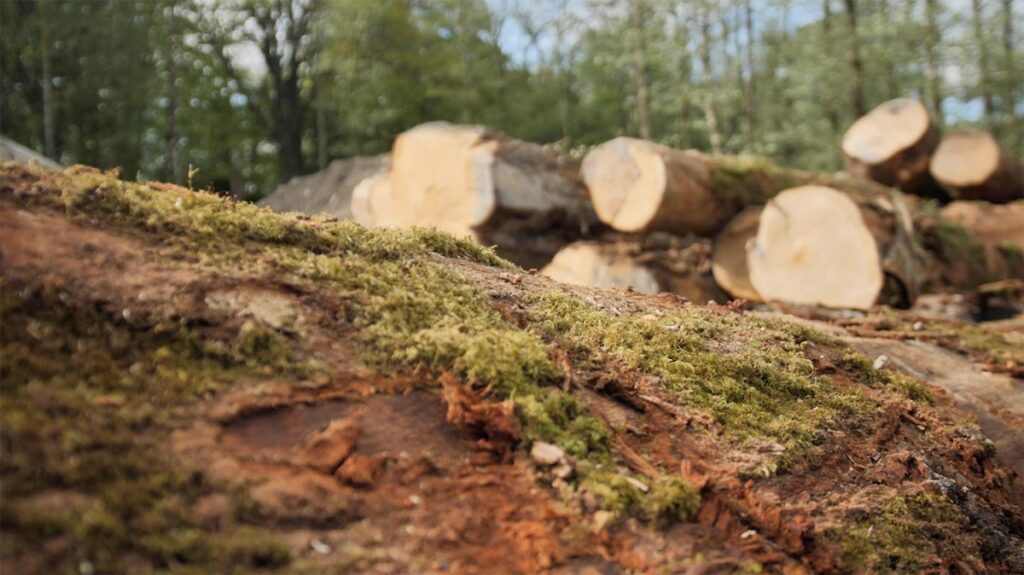
So, you might have guessed, yes we’re seeing a lot of ash trees on the market at the moment compared to other hardwood species. A lot of the woodlands and estates that we purchase our trees from have incorporated the felling of ash trees into their management plans. Not only are most woodland owners felling the ash, but a lot have put off the felling of other species in favour of the ash. This exaggerates the glut in the market of ash trees, and the lack of other species available to buy. The Forestry Commission has been encouraging the felling of ash trees to help prevent such rapid spread of the disease.
However, the quality of the trees being bought in is vital to our business ethos. There are important things to look for when being offered ash dieback trees. The fungus does not effect the timber at all if the trees are felled early on. Trees which have been infected for a long period of time can become more brittle and harder to work with. At this stage of the disease, it is not a common problem to experience. Our boards take up to 1.5 years of air drying, before being kiln dried, and then milled for flooring. This means that the boards currently being milled will have been a result of preemptive ash tree felling and will most likely be from trees that were not infected. As years go on, sawmills will have to become more careful about the timber being bought, and what its final use is in the construction of a project. We’re taking time to educate ourselves and our team on ash dieback and what effects it will have on the sawmill.
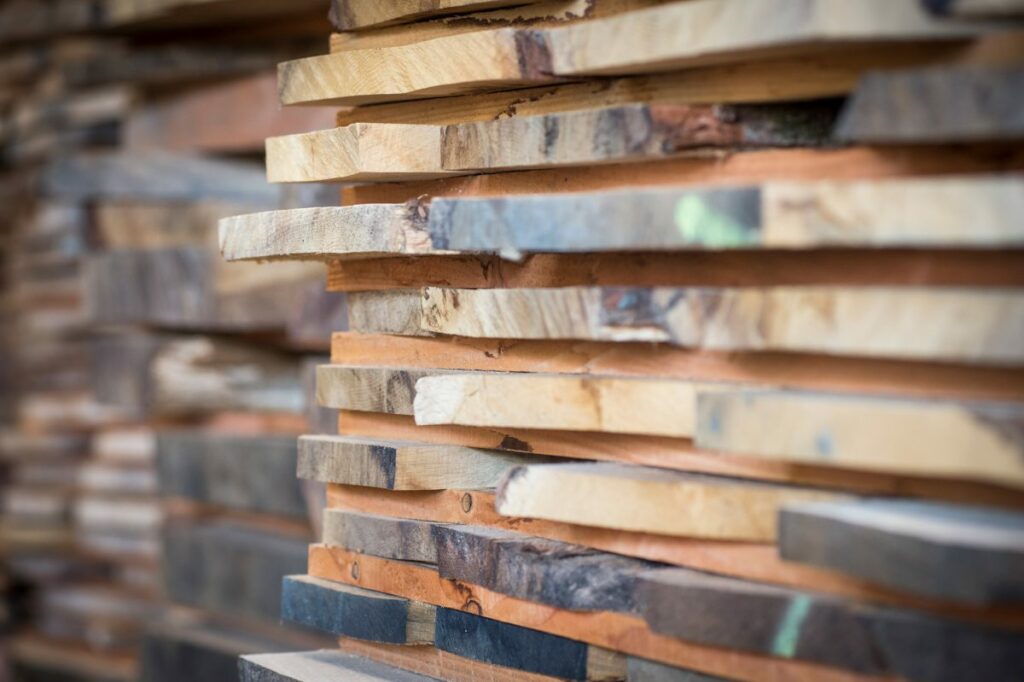
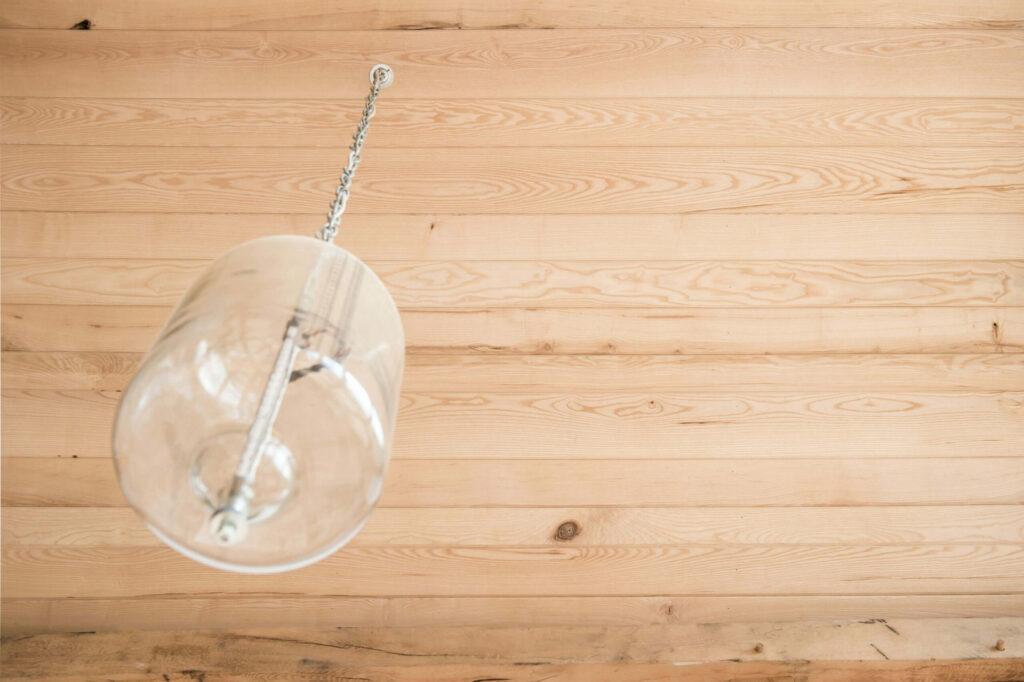
We’re noticing a wider range of customers asking for ash cladding or ash flooring in their homes. The decision is often aided by the truth of ash dieback and that these products most likely won’t be available in 10-15 years time. Milling of ash will decrease across the UK, and customers who have a chance of incorporating ash into their project now are doing so. Much like the Dutch Elm disease, an ash floor today may be worth a lot more in the future. It’s not just a financial decision though. Customers that we are talking to enjoy the opportunity of adding history to their home and including a timber which future generations may not have the chance to watch grow.
It’s not all doom and gloom though, and rightly so. Ash is such a beautifully light and bright wood. It’s only right that this optimistic tone follows through in its own fight against ash dieback. Initial evidence is showing that there appears to be some trees that are tolerant to the fungus. With tolerant trees there is the opportunity to breed the genetics across other trees and begin repopulating the UK. Our ash flooring and cladding is here to stay for now, but it is a topic we discuss a lot in the sawmill and one that we hope we’ve shed some light on. Do feel free to email us with any comments or questions you have on the above discussion, because we feel it’s an interesting one.
